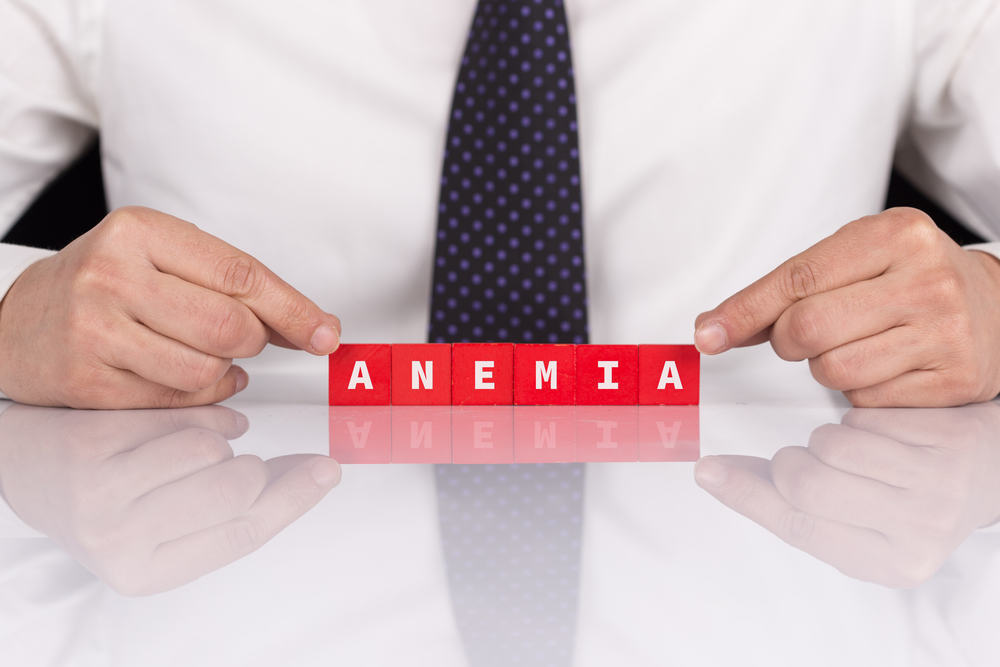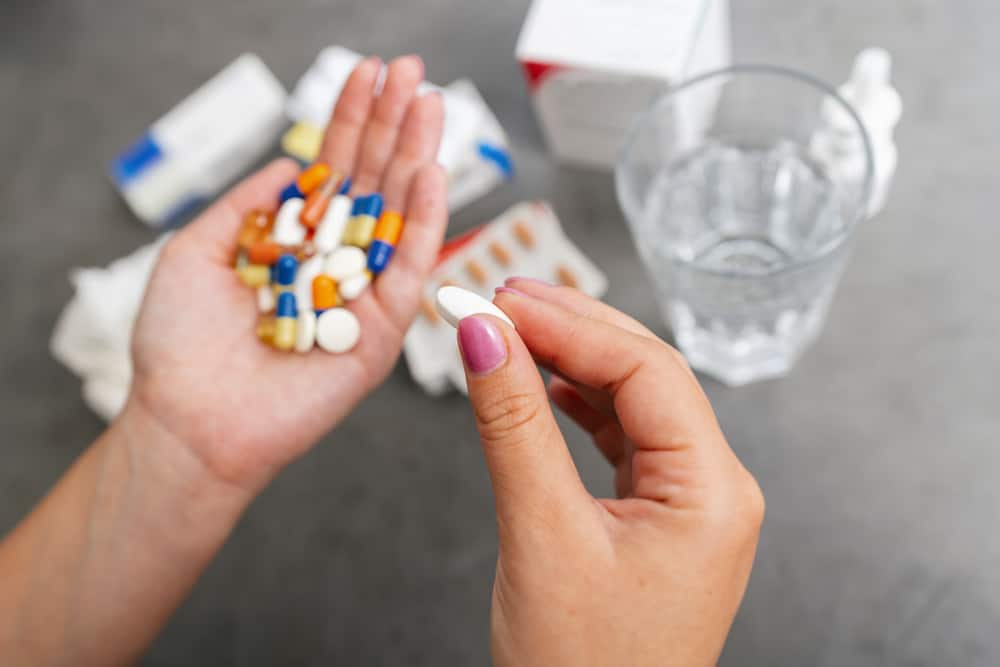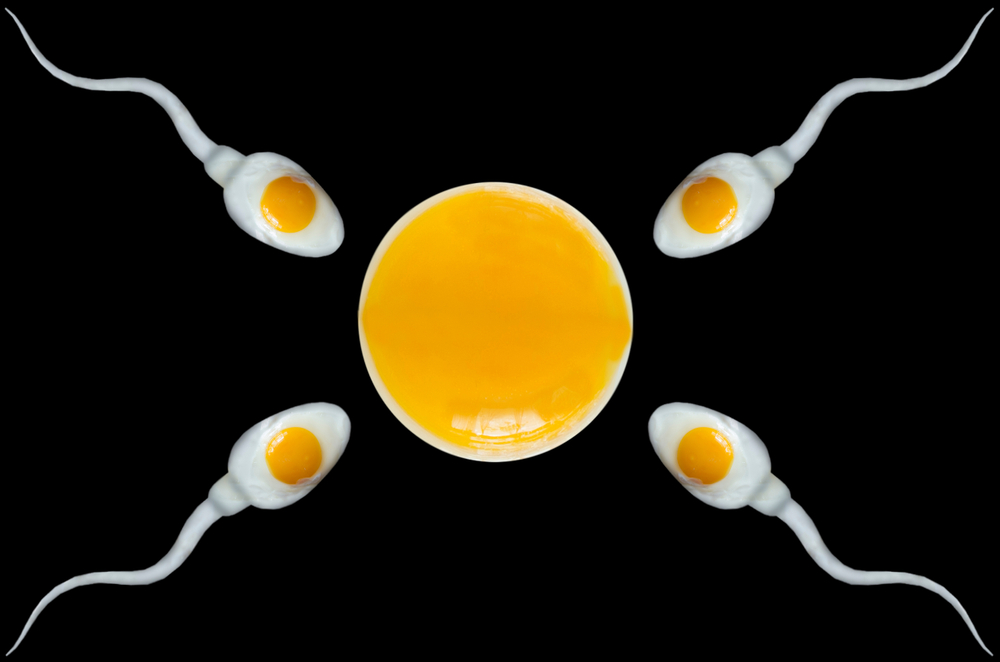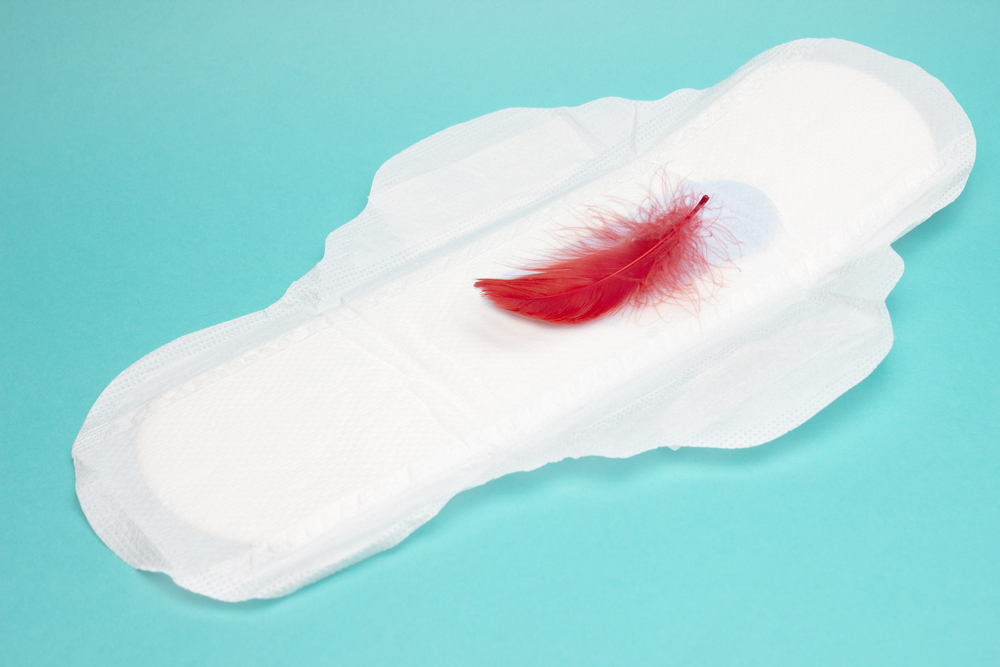Contents:
- Medical Video: Kidney Disease: Understanding Your Lab Values
- How do I know if I have anemia?
- What is deficiency anemia?
- What causesiron anemia deficiency (IDA)?
- What are other causes of anemia?
- Are people on dialysis at risk of not getting enough iron?
- Lack of iron-rich foods in your diet
- Blood loss during hemodialysis
- How do I check my iron level?
- How is anemia treated in people on dialysis?
Medical Video: Kidney Disease: Understanding Your Lab Values
You may be familiar with the term "anemia" because having anemia is common if you have chronic kidney disease. Anemia occurs when you don't have enough red blood cells. In chronic kidney disease, the kidneys do not make enough of a hormone called erythropoietin (EPO), which your body needs to make red blood cells. When there is not enough EPO, you make fewer red blood cells, and anemia develops. In kidney disease, anemia can occur even before the occurrence of kidney failure, and is common in people who do dialysis.
How do I know if I have anemia?
Even though not everyone has the same symptoms, anemia can cause you:
- Have a little energy for your daily activities
- Looks pale
- Feel tired or weak
- Cold on hands and feet
- Irritation
- Has brittle nails
- Have unusual desires for strange things
- Have a bad appetite
- Feeling dizzy or headache
- Difficulty sleeping
- Feeling short of breath
- Difficulty thinking clearly
- The beat of the heart beats fast
- Feel depressed
- Have a syndrome restless legs—The feeling of tingling is not comfortable on your feet
Your doctor can find out if you have anemia by measuring hemoglobin (Hb) in your blood. Hemoglobin transports oxygen to all body cells for energy. When you do dialysis, your hemoglobin must be checked regularly.
What is deficiency anemia?
Iron deficiency anemia or iron anemia deficiency means anemia caused by too little amount of iron in the body. Iron has an important role in many things. This is one of the minerals needed for overall good health and healthy blood cells. Iron helps your body make hemoglobin, which is found in red blood cells. If there is not enough iron, red blood cells will not have enough hemoglobin to carry oxygen.
What causesiron anemia deficiency (IDA)?
Iron is found in many foods, and diet is the main source of iron. Besides not getting enough iron in the diet, other causes of IDA are:
- Blood loss due to accident, surgery, stomach ulcers, kidney or bladder tumors, cancer or polyps in the intestine or other causes
- Infection or inflammation in your body
- Intestinal disease that keeps iron from being absorbed in the intestine
What are other causes of anemia?
- Too little vitamin B12 or folic acid in your body
- Diseases such as kidney disease, liver disease, HIV / AIDS, lupus (autoimmune disease) or cancer
- Diseases that harm or destroy your blood cells, such as sickle cell disease
- Some types of anemia are inherited.
Are people on dialysis at risk of not getting enough iron?
Yes. People who do dialysis need extra iron because:
Lack of iron-rich foods in your diet
Some iron-rich foods such as red meat and beans may be limited in your dialysis diet. Without foods that are rich in iron, you risk not getting enough iron. Your nutritionist can help you choose foods that are good sources of iron, vitamins and other minerals. Check with your nutritionist before making changes to your diet.
Blood loss during hemodialysis
At the end of each hemodialysis, a small amount of blood is usually left in the dialyzer (artificial kidney). This can be a source of iron loss over time.
In fact, when you do dialysis, you may need extra iron because you will take other anemia drugs that will use your iron.
A thorough anemia evaluation will be carried out so that the right treatment plan can be made for you. Your hemoglobin should be checked regularly to monitor how well your anemia treatment works.
Iron levels also need to be tested because iron helps your body make enough hemoglobin. Having enough iron helps you reach and maintain the recommended hemoglobin target range.
How do I check my iron level?
Two important blood tests can find out if you have enough iron. They are called transferrin saturation (TSAT) and ferritin (a form of iron stored in body tissues).
Your TSAT level must be at least 20 percent.
Your ferritin level must be at least 100 ng / mL if you have peritoneal dialysis, and more than 200 ng / mL if you are doing hemodialysis.
Iron testing must be done every month until your hemoglobin target is reached. After that, testing every 3 months is recommended if your hemoglobin is stable.
How is anemia treated in people on dialysis?
In people who do dialysis, anemia is treated with:
- Medicine called erythropoiesis stimulating agents (ONE). ESA replaces low EPO in people with kidney failure, so they can make red blood cells.
- Extra iron. Diet alone cannot provide enough iron to meet your needs. Additional iron may be needed. In fact, after you start using ESA, you will make more red blood cells and your iron supply will run out faster.
When you use ESA, iron therapy helps to:
- Prevent iron deficiency
- Reducing the number of ESAs is needed
- Keep your hemoglobin (Hb) within the target range, which is 11-12
You might wonder if it might end up with too much iron. The use of ESA helps reduce iron buildup. A routine check of iron status is done to make sure your iron level is right for the type of dialysis you are doing. The amount of iron you need and how it will be given depends on the type of dialysis you get.
If you receive peritoneal dialysis, additional iron can:
- Taken as a supplement
- Given via IV ("intravenous" or infusion into a vein)
- If you receive hemodialysis, the best way to get additional iron is through IV dialysis machines.












